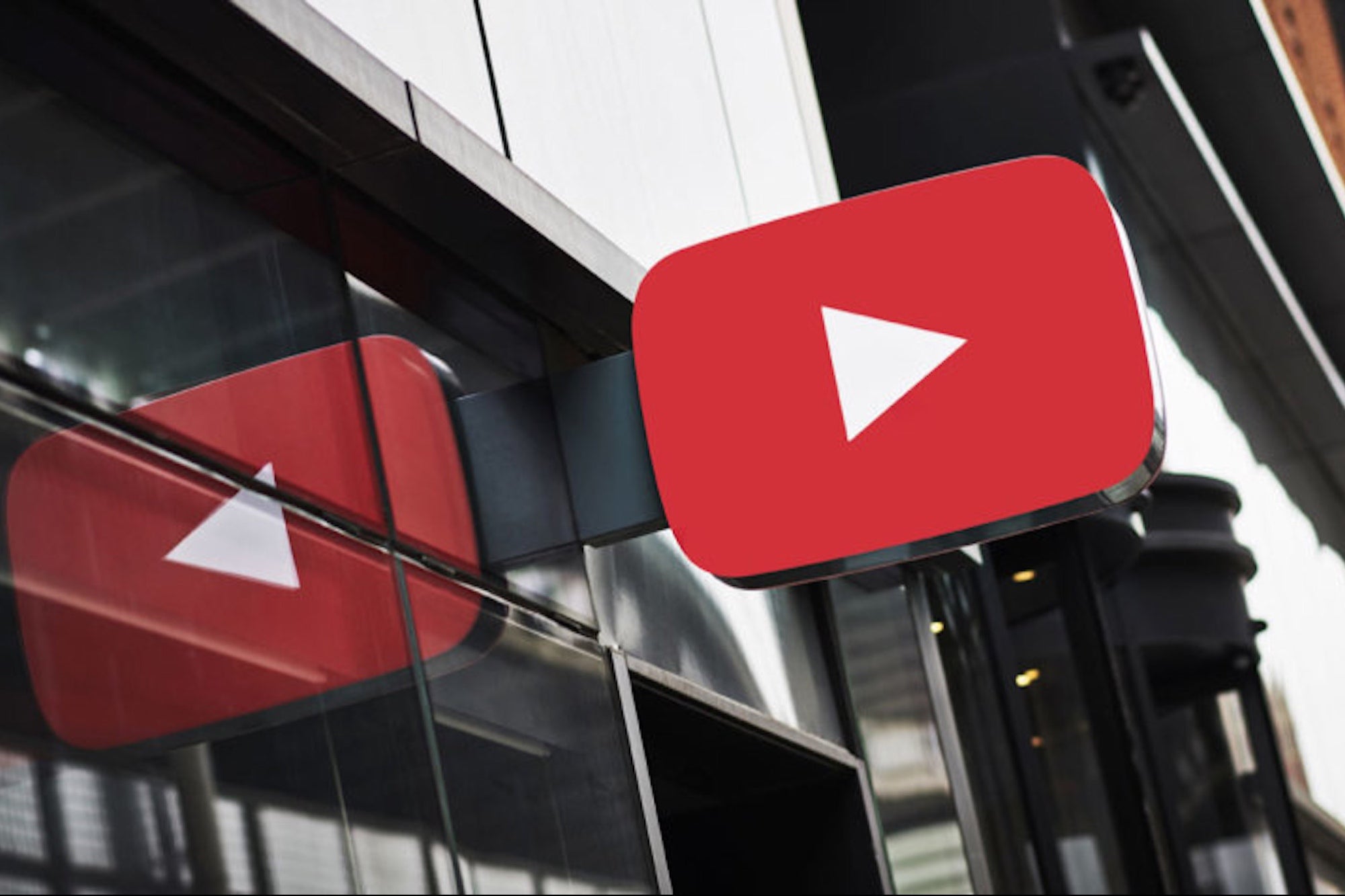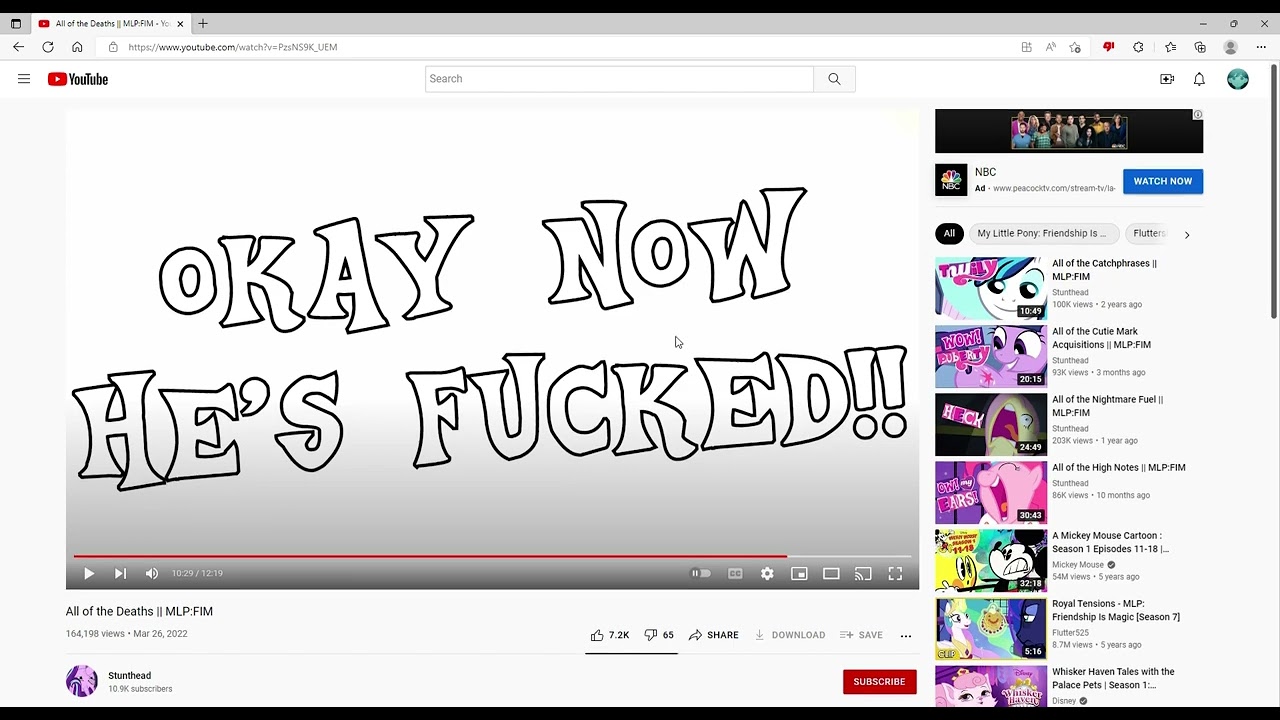Money can often grab attention, especially in the vibrant world of YouTube videos. Many creators showcase real cash as part of challenges, giveaways, or just for shock value. However, what seems entertaining may actually sit in a complex web of legal implications. Is it lawful to display real money? Do content creators face any legal issues? In this article, we will explore the intricacies of displaying real money in YouTube videos, ensuring that you understand the potential risks and regulations involved.
The Legal Framework Surrounding Money Display

Understanding the legality of displaying real money in videos on platforms like YouTube involves a patchwork of laws and regulations that vary by jurisdiction. Here are some key factors to consider:
- Advertising Standards: Many countries have strict advertising standards. If showing cash is tied to promoting a product or service, it must adhere to the guidelines set by authoritative bodies, such as the Federal Trade Commission (FTC) in the United States.
- Gambling Laws: If the money display is associated with any form of gambling, it must comply with local gambling laws. This includes regulations on whether offering cash as part of a contest or challenge is permissible.
- Local Laws: Each country, and sometimes regions within them, has its own legal stipulations regarding displaying money. Some places may prohibit showing large sums in public due to safety and security concerns.
- Monetization Policies: YouTube itself has guidelines that content creators must follow. Displaying real cash may run afoul of these guidelines, especially if it implies a promise of wealth or easy money, potentially leading to demonetization.
It’s also essential for creators to be aware of any potential repercussions. For example, a video showing large amounts of cash might attract unwanted attention, both online and offline. In some cases, it could even encourage criminal activity or scams. Ultimately, balancing creativity with legal compliance is crucial for any content creator wishing to showcase real money responsibly and safely.
Regulations by YouTube on Content Featuring Money

YouTube has specific policies in place regarding content that features real money. If you're considering displaying cash, coins, or any other form of currency in your videos, it’s essential to be aware of these regulations to avoid any issues. Here's what you need to know:
- Monetization Guidelines: YouTube emphasizes maintaining a family-friendly environment. Content that promotes gambling, excessive spending, or illicit financial gains may not be eligible for monetization. So, if you're showcasing money, keep the context positive and appropriate.
- Community Guidelines: YouTube’s community guidelines prohibit content that may be deemed harmful or dangerous. This includes showcasing large sums of cash in a way that may encourage theft or other illegal activities. Always think about how your content could be perceived.
- Child Safety: For channels catering to younger audiences, displaying cash or talking about money should be done thoughtfully. YouTube pays close attention to content that could negatively influence kids’ perceptions of money and finances.
- Advertisements: If your content includes promotional material related to money, ensure it follows YouTube's policies on advertising. Misleading financial practices could lead to your videos being flagged or removed.
In essence, the key takeaway is to be responsible and transparent with your content. Understanding these regulations will not only help you remain compliant but also protect your channel from penalties.
Potential Legal Consequences of Displaying Real Money

When it comes to showcasing real money in your YouTube videos, the legal ramifications can be significant. Depending on how you present money, you could face various consequences. Let’s break down some of the potential issues you might encounter:
- Fraud Allegations: If your video depicts money in a misleading context—like suggesting it's part of a get-rich-quick scheme—you might open yourself up to fraud allegations. Be sure to provide clear, honest information in all your content.
- Copyright Issues: If you use currency or financial symbols without permission, you could find yourself in hot water. Always check if the currency featured in your video is protected by copyright or trademark laws.
- Tax Implications: If you display substantial amounts of money, especially in the context of winnings or earnings, you might have to report this for tax purposes. Not doing so could lead to tax evasion charges.
- Local Laws: Depending on where you live, there may be specific regulations governing the display of currency. Certain jurisdictions have laws against flaunting money in entertainment, perceiving it as incitement to crime.
In conclusion, while YouTube is a platform where you can express creativity, sharing content that involves real money comes with risks. Always do your research and consider consulting a legal professional to ensure you're on the right side of the law.
Case Studies and Precedents
When we talk about the legality of displaying real money in YouTube videos, it's essential to look at some real-world examples and precedents that have shaped the conversation. Over the years, several notable cases have emerged that highlight the complexities involved.
One case that often comes up involves a popular YouTuber who showcased stacks of cash in a prank video. While many viewers found it entertaining, it sparked considerable debate around legality and ethics. The video was scrutinized not just by followers but also by legal experts who highlighted:
- Potential Breach of Terms of Service: YouTube has strict guidelines against inappropriate content, which sometimes includes videos depicting large sums of money.
- Impact on Vulnerable Audiences: Critics argued that flaunting money could have a detrimental influence on young, impressionable viewers.
Another important precedent can be seen in the case of financial YouTubers who educate their audiences on investment strategies while displaying their real money investments. Although they aim to be transparent, some have faced legal ramifications concerning:
- Investment Advice Regulations: Content creators are often required to have disclaimers when discussing financial topics, as failure to do so may lead to accusations of misleading their audience.
- Advertising Standards: If actual cash displays are used in commercial partnerships, they must comply with local advertising laws.
These cases illustrate the delicate balance between engaging content and legal compliance, making it crucial for creators to stay informed about the laws affecting their videos.
Best Practices for Content Creators
If you're a content creator pondering the legality of displaying real money in your YouTube videos, consider these best practices to remain compliant and responsible:
- Understand Your Local Laws: Before creating content that involves real money, familiarize yourself with local commercial, financial, and advertising laws to ensure you're on the right side of the law.
- Utilize Disclaimers: If your video involves financial discussion or investment advice, add clear disclaimers. Let viewers know your content is for entertainment purposes only and not a personalized financial advisory.
- Avoid Excessive Displays: While it's tempting to show off large amounts of cash for views, consider the impact on your audience—especially younger viewers. Excessive displays may come off as irresponsible.
- Focus on Financial Education: If you’re aiming to discuss money, pivot to educational content that empowers viewers rather than showcasing wealth. Think tutorials, tips, and best practices.
- Interact with Your Audience: Engaging with your followers on topics related to money can foster a community around responsible finance, allowing you to build trust and credibility.
By following these best practices, content creators can navigate the legal landscape more easily while delivering entertaining and educational content that respects their audience's integrity.
Understanding the Legality of Displaying Real Money in YouTube Videos
In an era where social media and online content creation are booming, many YouTube content creators explore various themes, including showcasing real money in their videos. However, this practice raises important legal and ethical questions that warrant attention.
While there is no universal law prohibiting the display of real money in YouTube videos, several factors must be considered:
- Local Laws: The laws governing the display and use of cash can vary significantly from one region to another. Always consult local regulations to ensure compliance.
- YouTube’s Policies: YouTube has specific policies regarding monetization and community guidelines. Content creators must adhere to these rules to avoid penalties.
- Advertising Standards: If the content is sponsored or includes advertisements, it must comply with advertising standards, which may differ based on the jurisdiction.
In addition to legal considerations, content creators should be aware of the potential influence on their audience. Displaying large sums of money can inadvertently glamorize wealth or promote irresponsible financial behavior, particularly among younger viewers.
Another essential factor to consider is safety. Displaying real money publicly can pose risks, such as theft or attracting unwanted attention. It's crucial to take necessary precautions and assess the potential repercussions of such displays.
Legal Considerations Summary
| Aspect | Details |
|---|---|
| Local Laws | Varies by region; check compliance. |
| YouTube Policies | Adhere to monetization and community guidelines. |
| Advertising Standards | Must comply with local advertising regulations. |
In conclusion, while displaying real money in YouTube videos is not outright illegal, it is crucial for content creators to understand and navigate the various legal and ethical implications to maintain compliance and ensure a responsible portrayal of wealth.
 admin
admin








